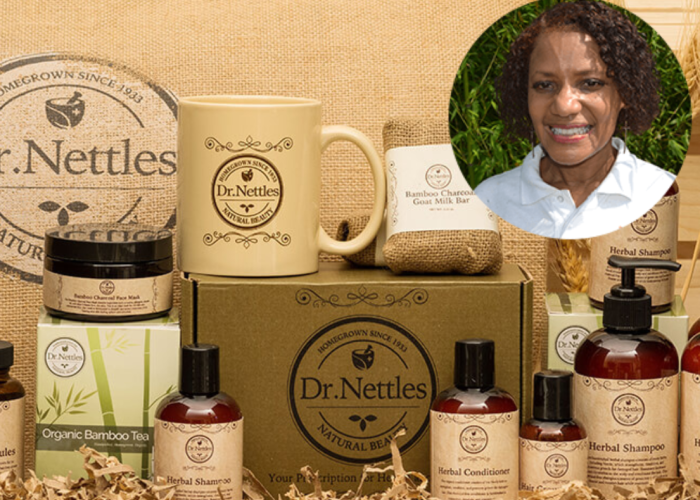Under SOE, all solely online retail establishments must be certified. Similar to brick-and-mortar retail operations, all organic claims on a website, social media and all forms of marketing must be truthful and not misleading to shoppers about the status of whether a product is organic or not. Pay attention to the word “organic” as well as the USDA organic seal, on webpages and other marketing, especially webpages where product can be ordered, including the “shopping cart.” Ensure that all products are labeled correctly.
Each individual product must have accurate, specific claims at the point of sale. A consumer must be able to determine whether a specific product is organic or not before they purchase.
- Noncompliant examples: “Organic ingredients” when not all ingredients sold are organic or “We strive to use organic ingredients,” is a general claim that does not specifically disclose to consumers what is certified.
Percentage statements are discouraged as they are potentially misleading and difficult to prove.
- Compliant example: “70% of the total number of products we purchase are organic. Actual quantity of organic ingredients in your delivery may be less than 70%.”
- Noncompliant example: “We strive for at least 70% organic ingredients.” This is unclear to the consumer what percentage of ingredients they receive are organic.
Use of the USDA Organic Seal for Online Retailers
The USDA seal may only be used to identify products on a website that are prepackaged and also bear the USDA logo on their product label.
- Pop-outs and hover-overs are not sufficient to explain the claim.
Nonorganic products must be represented so that shoppers will not assume that a nonorganic product is organic. Examples of compliant use:
- USDA seal in page header next to statement “Products below are all organic,” all products on the page are certified organic. Use a separate page for nonorganic products that does not have the USDA seal or the word organic in the page header.
- When organic and nonorganic products are displayed on the same page, the USDA seal or the word organic can be next to individual organic products but not next to the conventional products, and no USDA seal or organic claim should be used in header.
When used in relation to specific products, including ordering pages or shopping carts, the USDA seal may only be used on “Organic” and “100% Organic” products and only when the product label also carries the USDA seal.
When the USDA seal or certifying agent, logo appears in an image or photo, all products or ingredients in that image must be eligible to display the seal/logo. If all products or ingredients in the image are not certified, neither USDA seal nor certifying agent logo can be used unless there is a clear and conspicuous explanation of what is certified organic.










